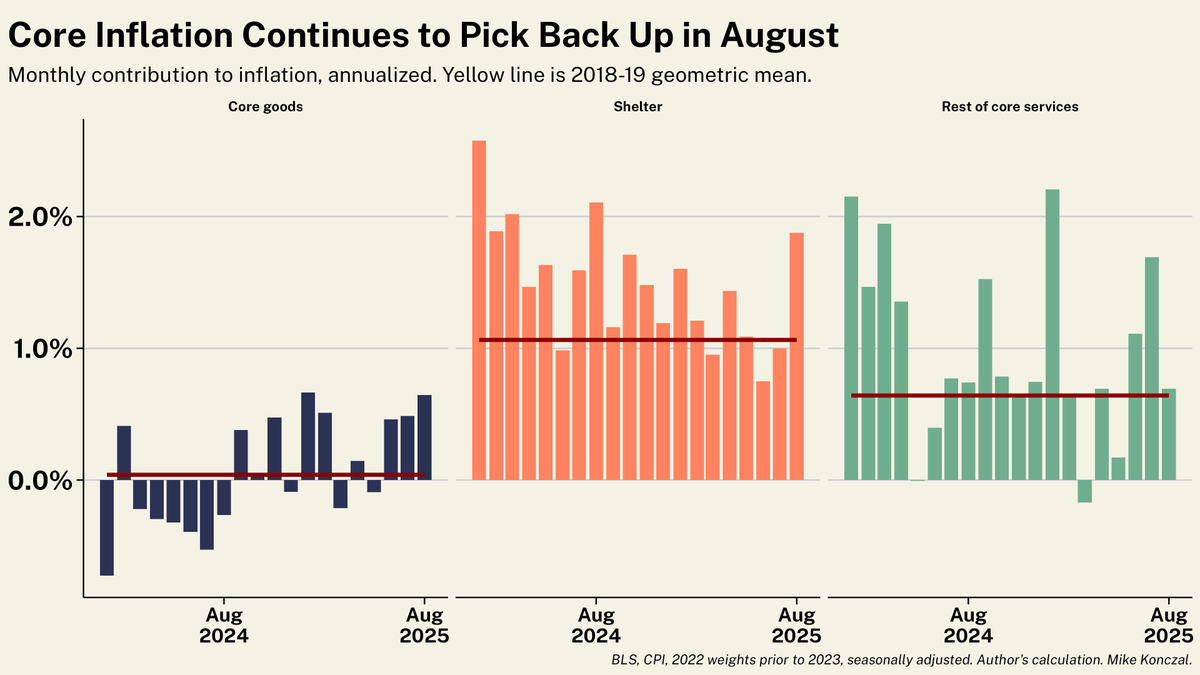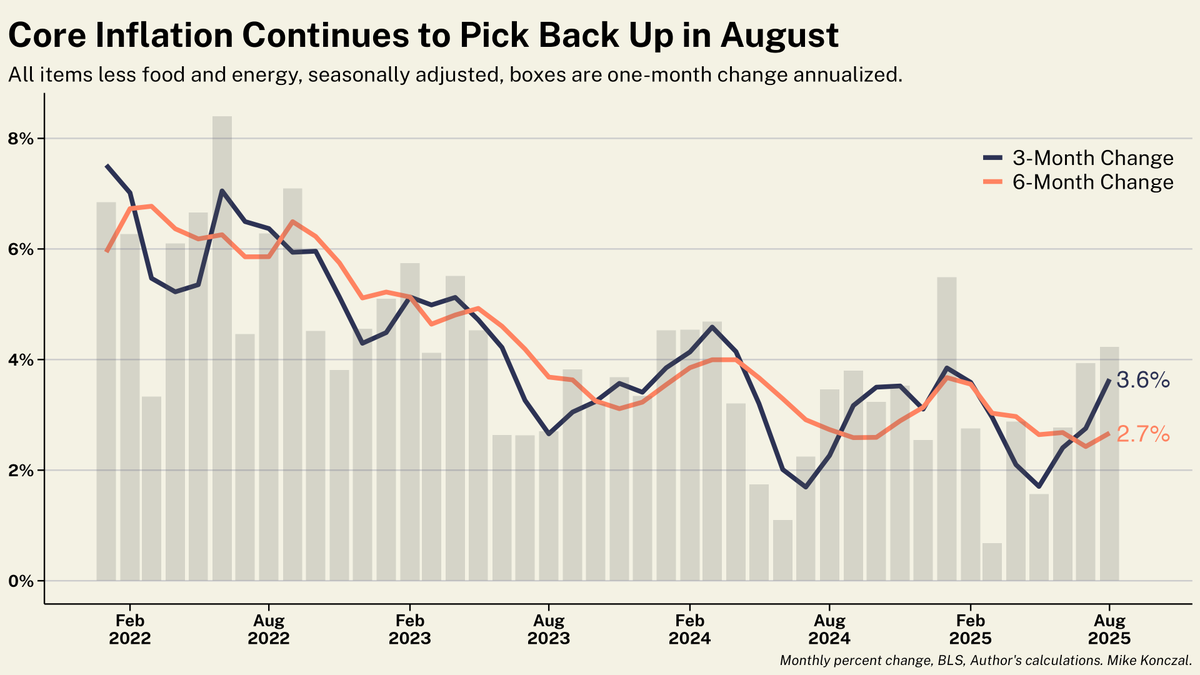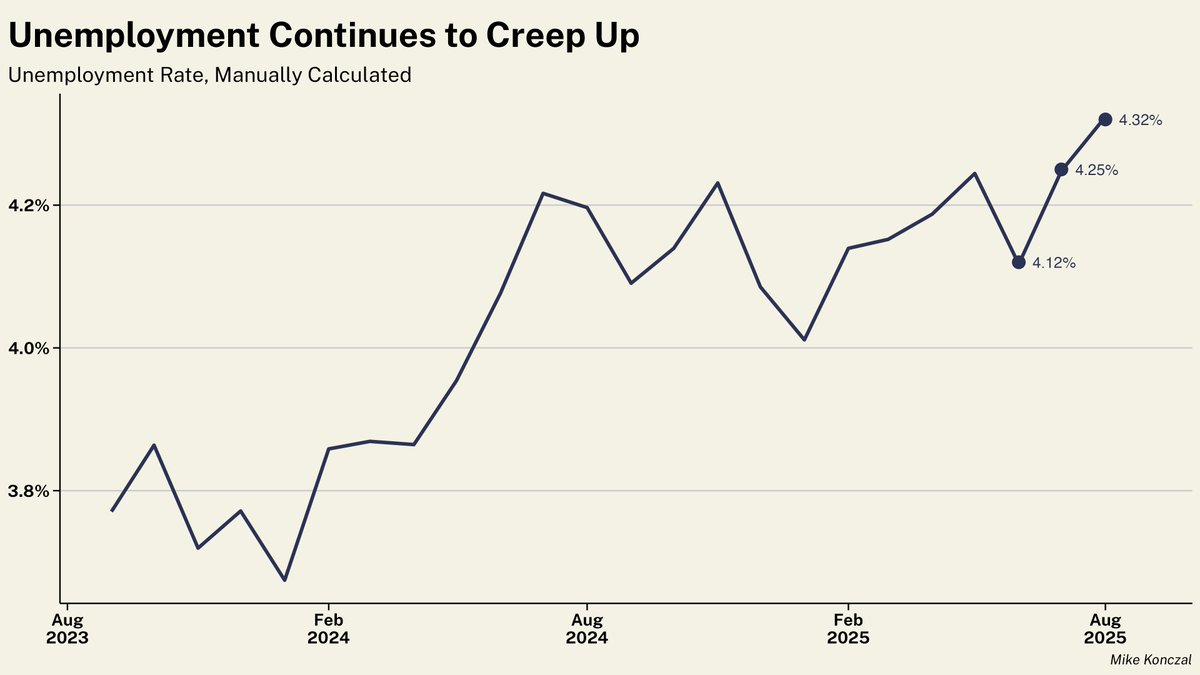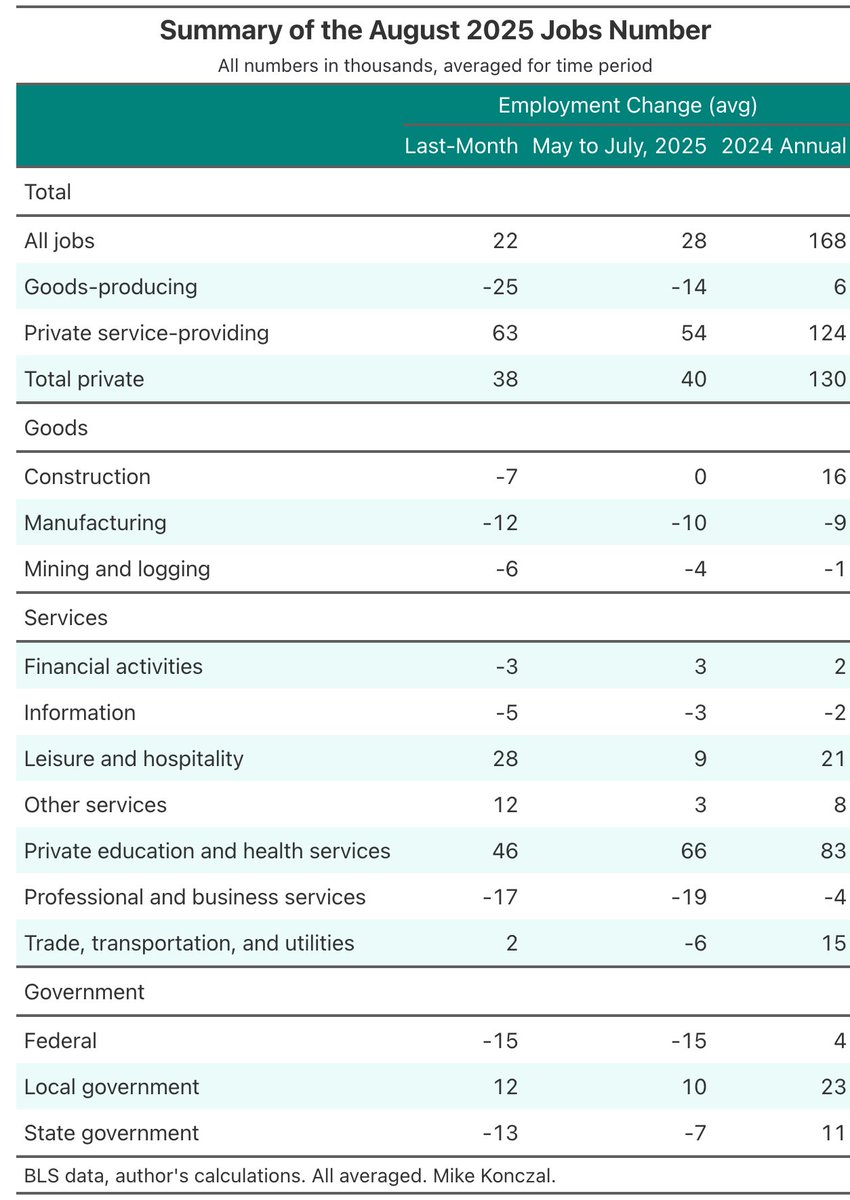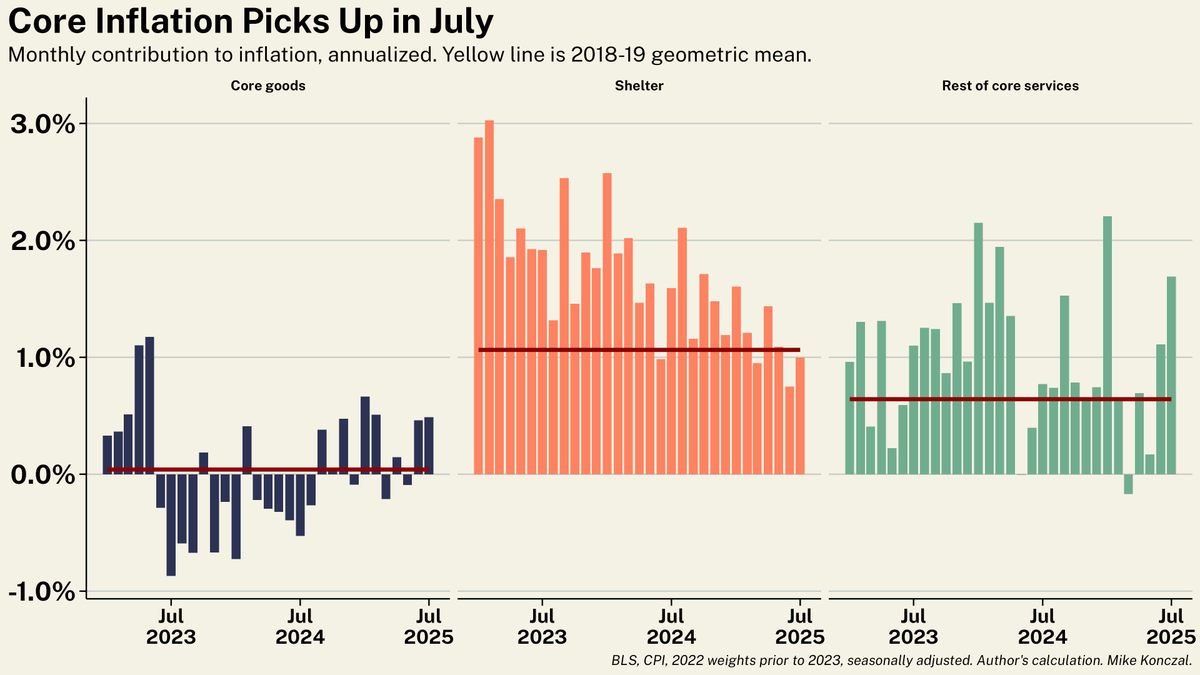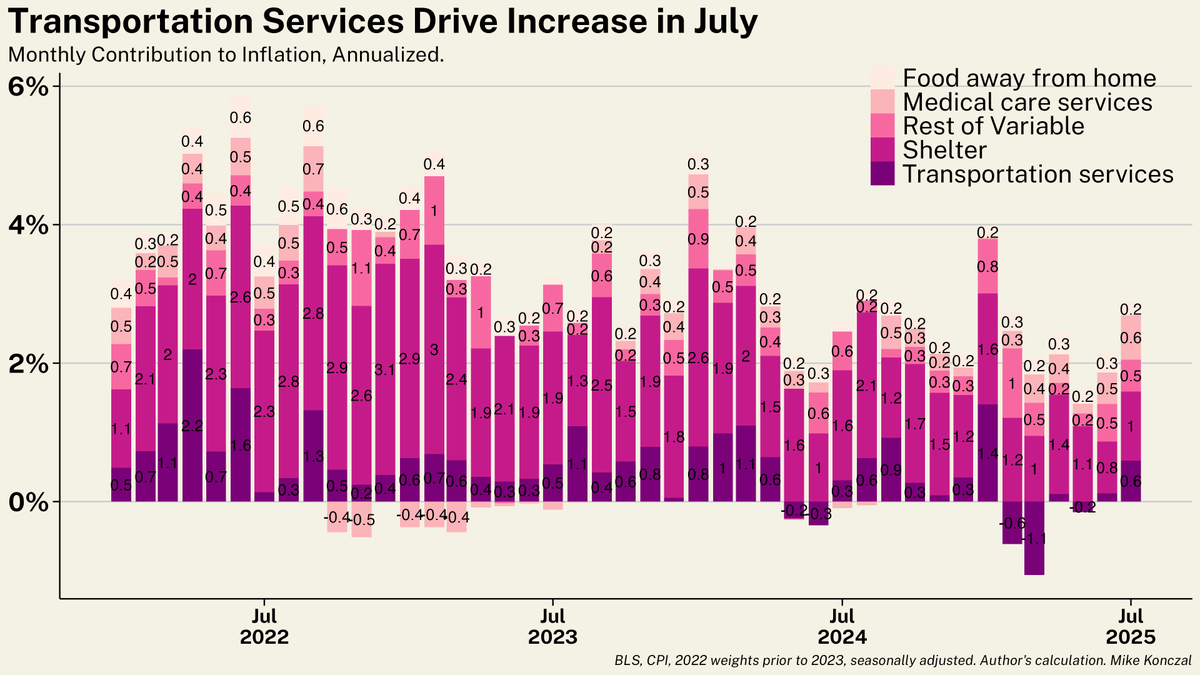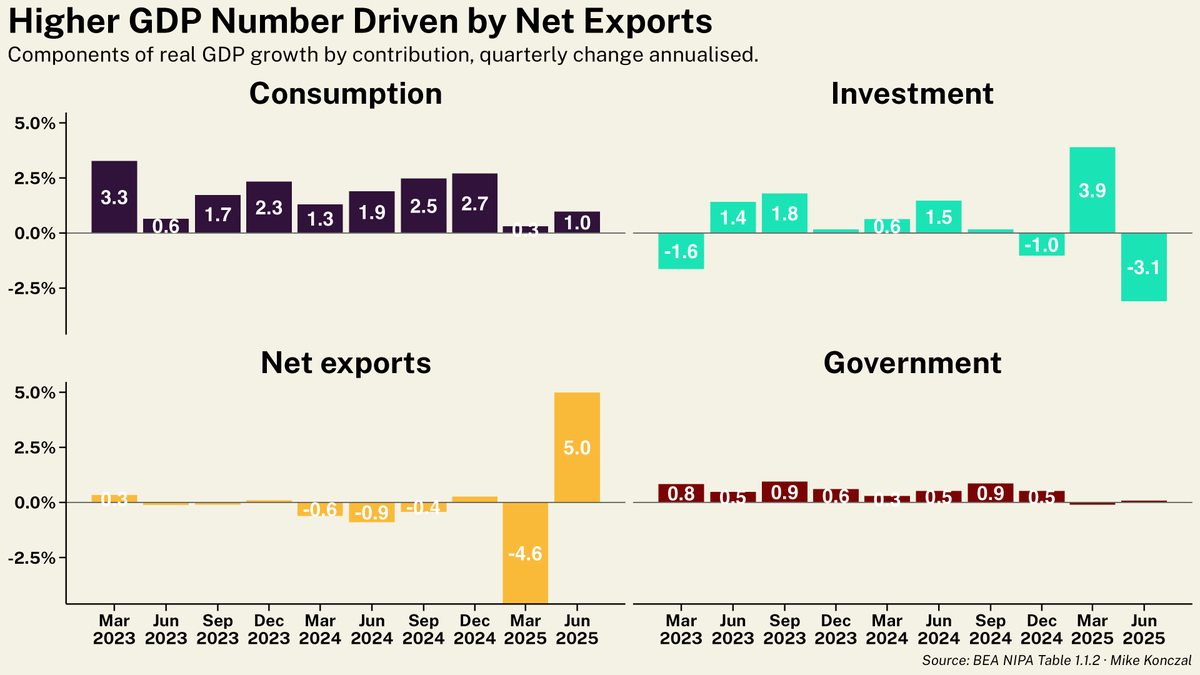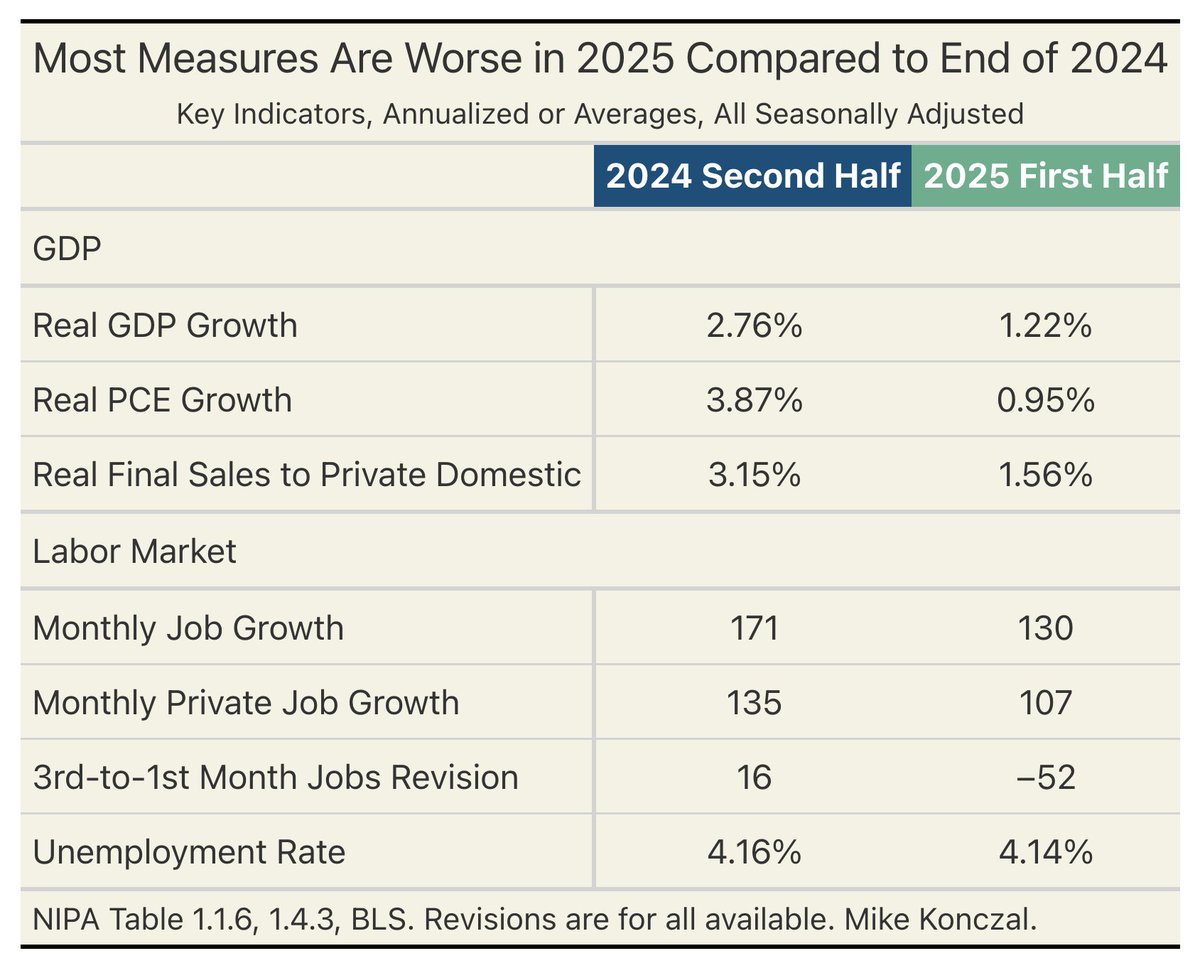NYTimes has a 50y retrospective on Milton Friedman's popularizing of shareholder primacy, “The Social Responsibility of Business Is to Increase Its Profits,” with line-by-line commentary from smart folks.
I discuss the essay in my book; some thoughts. /1
nytimes.com/2020/09/11/bus…
I discuss the essay in my book; some thoughts. /1
nytimes.com/2020/09/11/bus…
They skip what I take to be the most interesting and aggressive part: that a majority of shareholders must not be allowed to vote to adopt "social responsibility."
So it's not really about who gets to make decisions, but about imposing a specific notion of what firms are. /2
So it's not really about who gets to make decisions, but about imposing a specific notion of what firms are. /2

Even a critical response here assumes shareholder primacy is historically dominant and "practical."
But as Berle and Means noted, for decades before the New Deal shareholders were shedding legal powers as it was impractical for them to execute it under industrial capitalism. /3

But as Berle and Means noted, for decades before the New Deal shareholders were shedding legal powers as it was impractical for them to execute it under industrial capitalism. /3


That shareholders were in retreat for 70 years on purely practical, everyday-evolutionary grounds, and that they were quickly remade on an ideological notion of freedom as property
makes the creation of shareholder primacy a perfect example of "roll-out neoliberalism" to use. /4
makes the creation of shareholder primacy a perfect example of "roll-out neoliberalism" to use. /4

Last, not many engage it (@oren_cass notably does) but the responsibility debate flows from a question-beg: whether shareholders "own" the firm and CEOs "work" for them. Both wrong.
Even in a book on decommodification as freedom you know I'm going to go there. (Pre-order!) /fin
Even in a book on decommodification as freedom you know I'm going to go there. (Pre-order!) /fin

• • •
Missing some Tweet in this thread? You can try to
force a refresh


